Introduction
Chesapeake Bay Retriever exercise needs are vital for their overall health.
- Regular exercise is crucial for their physical health
- Without adequate exercise, they can develop behavioral problems
- Exercise keeps them mentally stimulated and prevents boredom
- A good exercise routine ensures a happy and balanced dog
- This article explores their exercise needs and fitness tips
1. Daily Exercise Requirements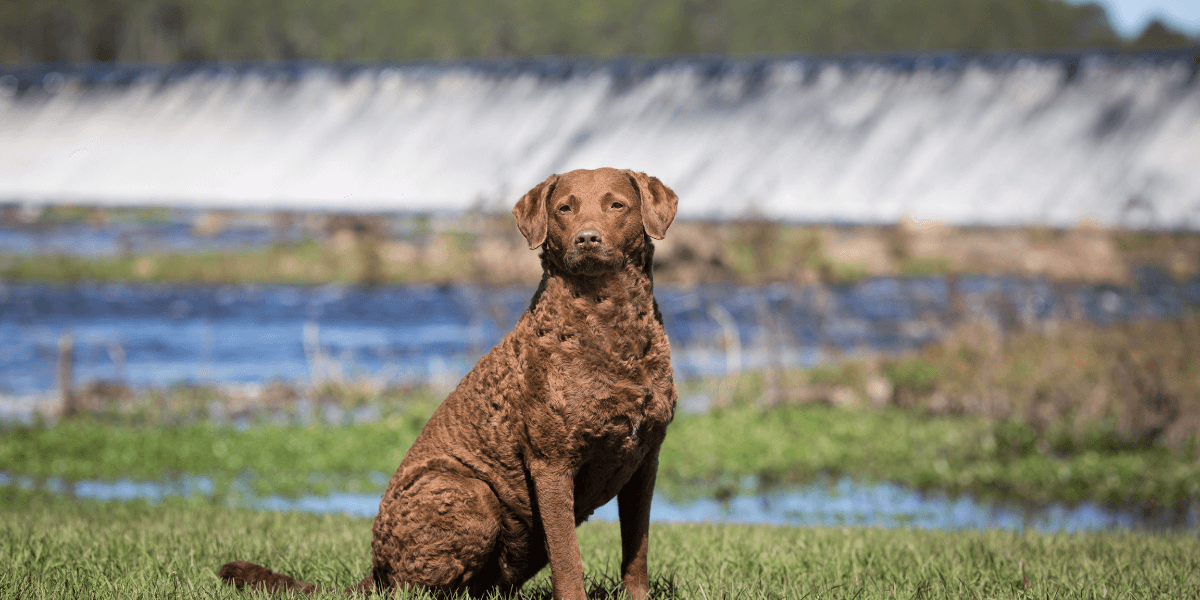
Chesapeake Bay Retrievers need daily exercise to stay fit.
- Time Commitment: Aim for at least 60 minutes of exercise daily
- A mix of Activities: Include both physical and mental exercises
- Intensity: Keep exercises vigorous, such as running or swimming
- Frequency: Split exercise sessions into morning and evening
- Indoor Options: Use toys for indoor play if outdoor activities are limited
- Weather Considerations: Adjust exercise routines for extreme weather
- Health Monitoring: Observe for signs of fatigue or discomfort
- Professional Guidance: Consult a vet to customize exercise plans
2. Swimming and Water Play
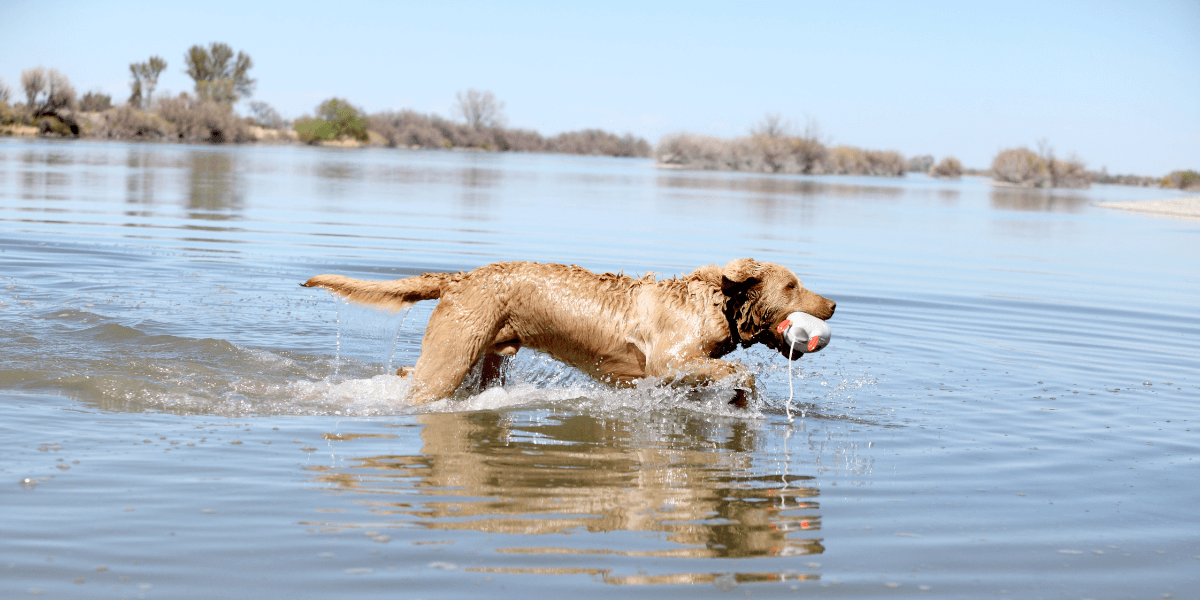
Swimming is an excellent way to meet Chesapeake Bay Retriever exercise needs and keep your dog happy.
- Benefits: Enhances muscle strength and cardiovascular health
- Accessibility: Use local lakes or pools for swimming sessions
- Safety Gear: Provide life jackets for safety during water activities
- Supervision: Always monitor your dog during water play
- Hydration: Ensure fresh drinking water is always available
- Water Games: Include fetch or retrieve games in the water
- Duration: Keep swimming sessions between 20 to 30 minutes
- Post-Swim Care: Dry your dog thoroughly to avoid infections
3. Outdoor Running and Hiking
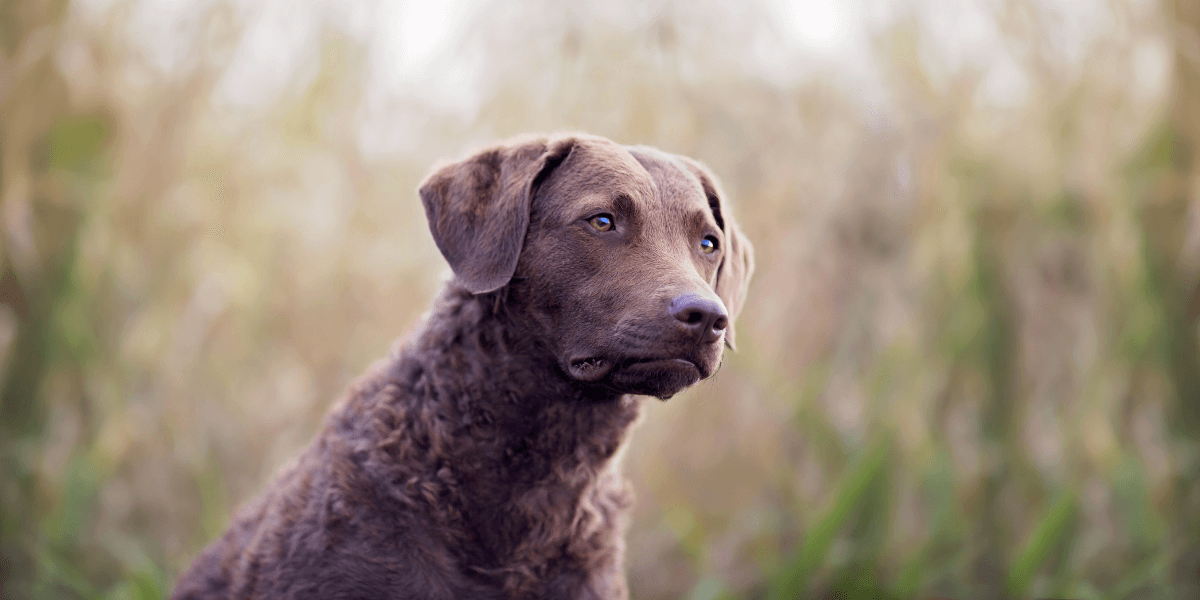
Outdoor running and hiking are great for high-energy Chesapeake Bay Retrievers.
- Trail Selection: Choose dog-friendly trails and open fields
- Leash Training: Ensure your dog is well-trained for off-leash activities
- Gradual Increase: Start with shorter runs or hikes, and gradually increase the duration
- Paw Protection: Use booties to protect paws from rough terrain
- Cooling Breaks: Provide breaks and shade to prevent overheating
- Injury Prevention: Check your dog’s paws and joints regularly
- Environmental Awareness: Be aware of wildlife or other hazards
- Consistency: Maintain a regular outdoor exercise schedule
4. Interactive Play and Toys
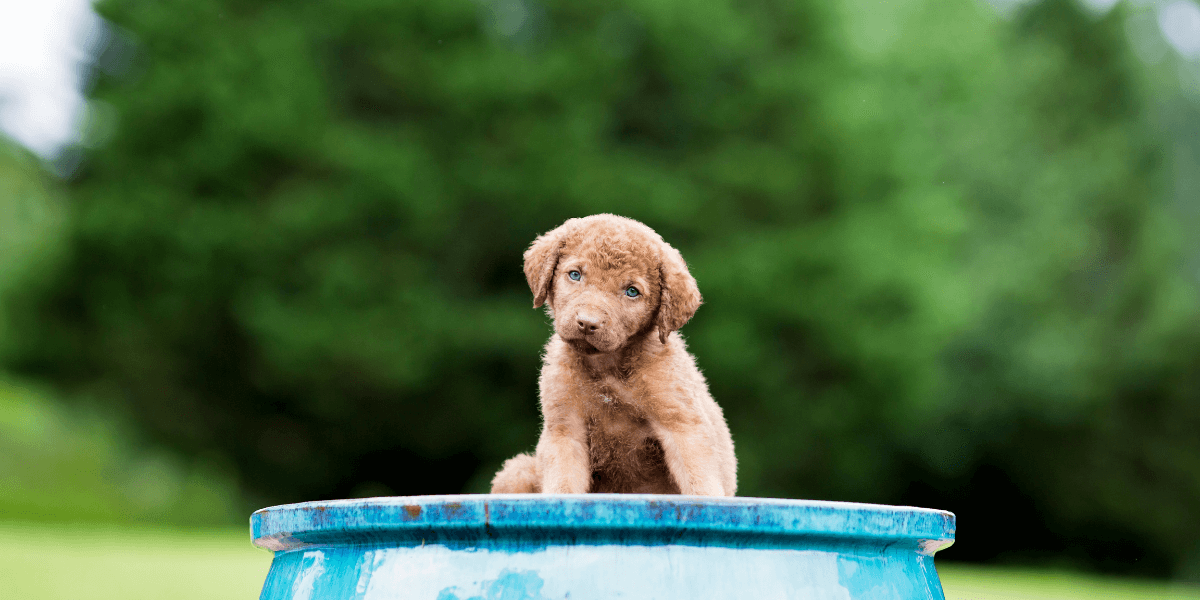
Interactive toys and games help keep your dog mentally stimulated.
- Toy Variety: Use different types of toys to prevent boredom
- Puzzle Toys: Introduce puzzle toys for mental stimulation
- Fetch Games: Engage in fetch games using balls or frisbees
- Play Dates: Arrange playdates with other dogs for social interaction
- Safe Environment: Ensure play areas are safe and secure
- Supervised Play: Always supervise during interactive play sessions
- Reward System: Use treats and praise to encourage active play
- Toy Rotation: Rotate toys regularly to maintain interest
Ensure your Chesapeake Bay Retriever's comfort with top-rated orthopedic beds designed for large breeds.
5. Agility Training

Agility training is a great way to address Chesapeake Bay Retriever exercise needs while keeping your dog happy.
- Equipment Setup: Set up agility courses in your backyard or park
- Basic Commands: Start with basic commands like sit, stay, and come
- Obstacle Familiarity: Introduce one obstacle at a time
- Positive Reinforcement: Use treats and praise to motivate
- Short Sessions: Keep training sessions short to avoid fatigue
- Regular Practice: Practice agility training regularly for consistency
- Observation: Watch for signs of stress or fatigue during training
- Advanced Courses: Gradually increase the complexity of obstacles
6. Obedience Training and Mental Stimulation
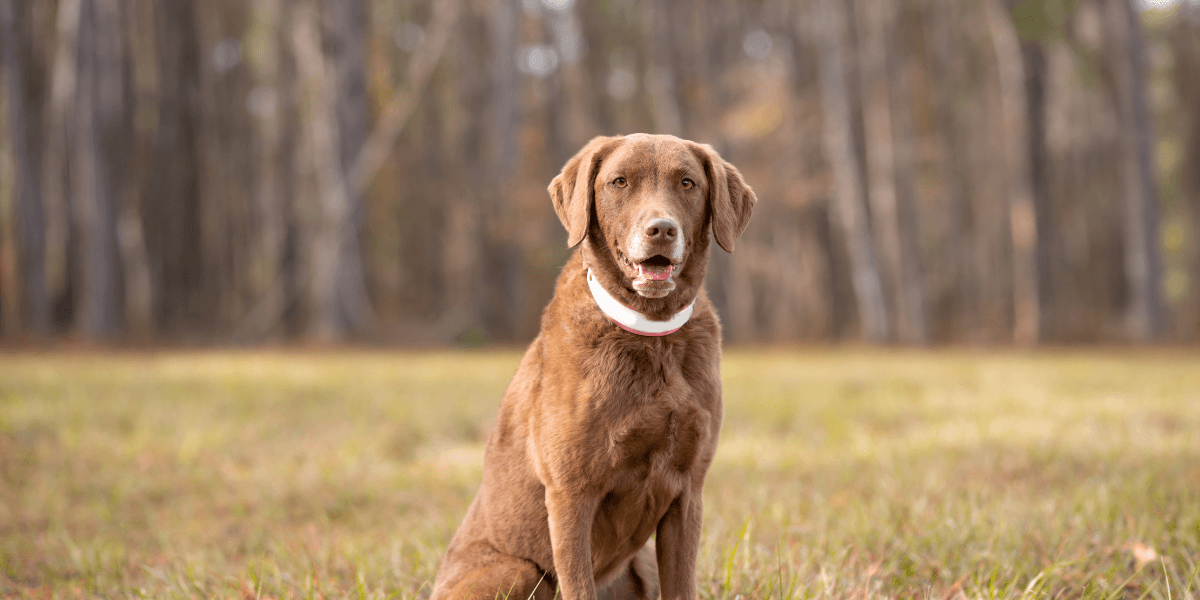
Regular training sessions are essential for a well-behaved Chesapeake Bay Retriever.
- Routine Commands: Practice commands like sit, stay, and heel daily
- Mental Challenges: Include exercises that challenge your dog’s problem-solving skills
- Group Classes: Enroll in obedience classes for structured learning
- Repetition: Reinforce training with repetition and patience
- Behavior Correction: Use positive reinforcement for desired behaviors
- Focus Exercises: Train your dog to maintain focus amid distractions
- Leash Training: Practice proper leash manners during walks
- Consistency: Maintain a consistent training routine
Master obedience training for your Chesapeake Bay Retriever with expert tips from Great Dane training guides.
7. Socialization Activities
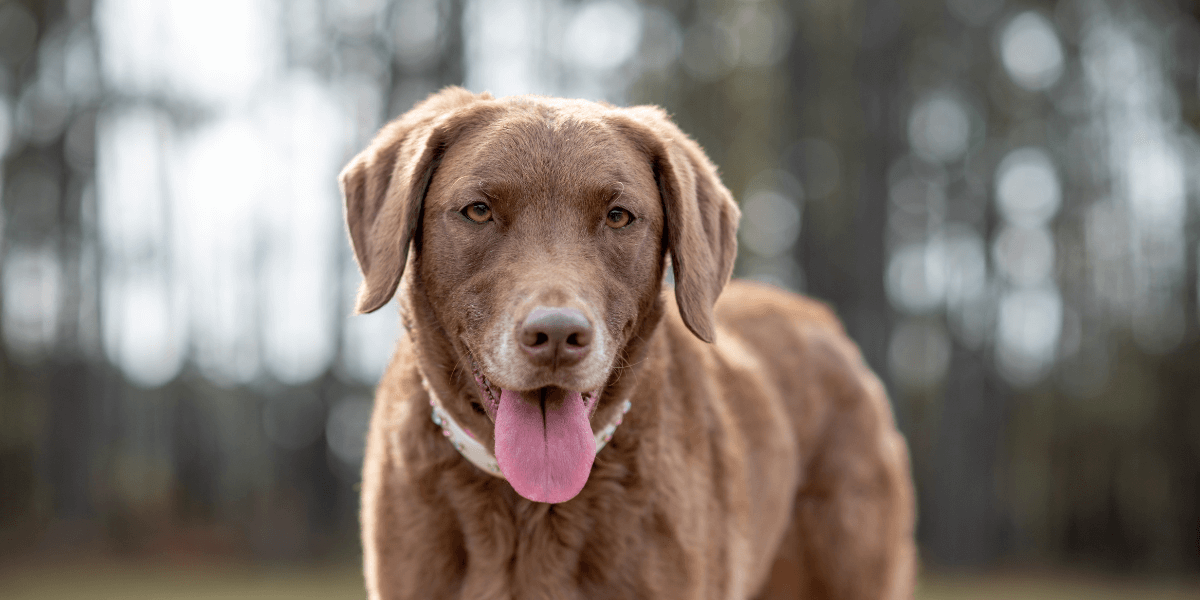
Socialization helps Chesapeake Bay Retrievers develop confidence and reduce anxiety.
- Dog Parks: Visit dog parks for social interaction
- Controlled Introductions: Introduce your dog to new environments gradually
- Positive Reinforcement: Reward calm behavior during socialization
- Exposure Variety: Expose your dog to different sounds, smells, and surfaces
- Calm Environment: Choose calm settings for initial socialization
- Regular Visits: Make regular visits to new places to build confidence
- Monitor Behavior: Watch for signs of stress or fear
- Adjust Pace: Go at your dog’s pace to ensure positive experiences
Discover how Chesapeake Bay Retrievers interact with kids and pets, inspired by Bernese Mountain Dog insights.
FAQs
1. How much exercise does a Chesapeake Bay Retriever need daily?
- At least 60 minutes of daily exercise is recommended
2. Can Chesapeake Bay Retrievers swim well?
- Yes, they are natural swimmers and enjoy water activities
3. What are the best toys for Chesapeake Bay Retrievers?
- Interactive toys, puzzle toys, and durable chew toys work best
4. Are Chesapeake Bay Retrievers suitable for apartment living?
- They need ample exercise, so they’re better suited for homes with yards
5. How can I mentally stimulate my Chesapeake Bay Retriever?
- Use puzzle toys, obedience training, and interactive play
6. Can they participate in dog sports like agility?
- Yes, they are excellent candidates for agility training
7. How often should I take my Chesapeake Bay Retriever hiking?
- At least once a week, depending on fitness level
Conclusion
- Meeting Chesapeake Bay Retriever exercise needs is key to keeping your dog fit and happy
- Regular exercise routines help prevent behavioral issues
- Swimming, running, and agility training are great exercise options
- Always tailor exercise routines to your dog's age and health
- Consistent exercise strengthens the bond between you and your dog
- Start implementing these tips today for a fit and happy dog



